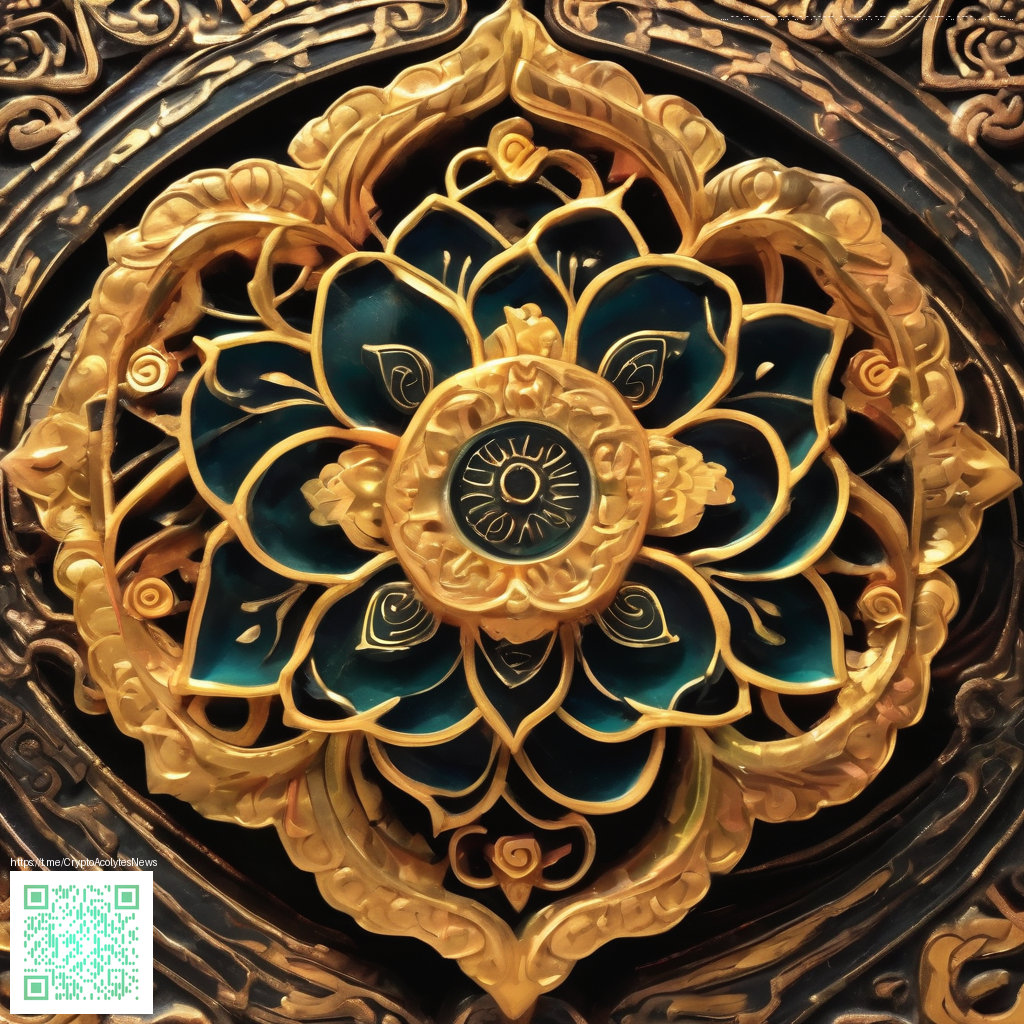
From Text Prompts to Realistic Paper Textures
In digital design, texture can make the difference between a flat render and a convincing, tactile experience. Advances in AI-enabled texture generation now let you turn concise text prompts into nuanced paper surfaces—capturing grain direction, fiber density, and subtle color shifts that feel genuinely physical. This approach is especially powerful for packaging mockups, editorial layouts, and product storytelling where the material character matters as much as the imagery.
Prompts don’t have to be long or complex, but they should be specific. Think in terms of surface attributes: weight, finish, edge quality, and how light behaves on the surface. A well-crafted prompt can yield a tileable texture that stays convincing across large canvases, whether you’re laying it behind typography or as a background for product photography.
“The magic happens when you layer prompts: a base sheet with a gentle texture, followed by secondary prompts that introduce flecks, subtle yellowing, and edge wear. Each pass adds realism.”
Begin with a plan for how the texture will live in your project. Decide the material you want to emulate—cotton rag, recycled pulp, or parchment—and then translate that choice into attributes: grain density, deckle edges, color warmth, and irregularities like micro-creases or specks. Realism often hides in the imperfections; small, believable variations keep repetition from feeling robotic.
Crafting Prompts for Realism
Prompts benefit from concrete language that engages the senses. Practical examples you can adapt include:
- a sheet of handmade cotton rag paper with visible fiber threads, subtle deckle edge, and soft mottling
- aged parchment-like texture with warm yellowing, random specks, and grain running diagonally
- newsprint-inspired texture with fine grain, slight curl at the edges, and random ink flecks
- recycled kraft paper with rough surface, pronounced grain, and speckled particles
As you iterate, track which descriptors have the strongest impact on the final image. Words like “deckle edge,” “felt-like roughness,” “micro-creases,” and “color bleed” guide the model toward tactile cues your audience will perceive visually.
Workflow: From Prompt to Preview to Tile
- Define the objective: identify where the texture will appear (background, packaging wrap, interface surfaces) and the scale at which it will be viewed.
- Run a base pass with a broad prompt to establish overall feel—weight, finish, and neutral color.
- Layer refinements: add flecks, edge variation, and color shifts in subsequent passes to avoid flatness.
- Test tiling: ensure seamless repetition by checking how patterns align across multiple viewports.
- Post-process: adjust contrast, saturation, and micro-contrast to emphasize grain; apply a gentle vignette if needed for depth.
Texture is more than decoration; it can anchor a brand’s narrative. When you pair generated textures with real-world mockups, the result is a cohesive visual story—from the packaging surface to the product reveal. For designers exploring practical mockups, consider pairing textures with tangible props—such as a Phone Case with Card Holder – Impact Resistant Polycarbonate—to see how material cues translate on screen and in hand.
Similar Content
Related exploration: https://apatite-images.zero-static.xyz/fd6e3f3e.html